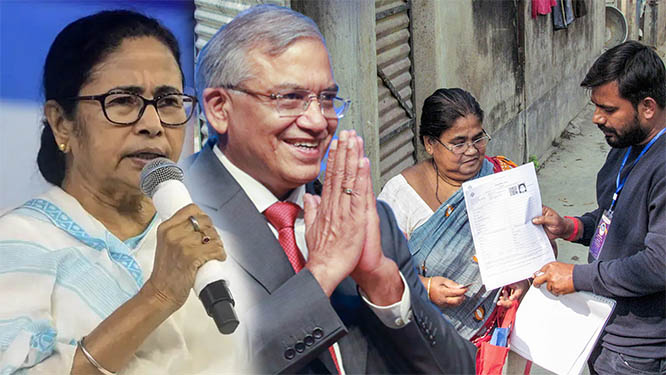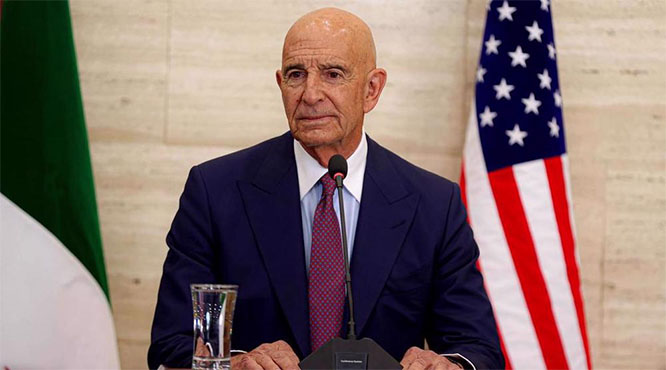Pune, Sept 10: Space scientists in the US succeeded in their 39th attempt to send their craft to the moon because they had launched it on "Ekadashi", former Rashtriya Swayamsevak Sangh activist Sambhaji Bhide said on Monday, days after India's lander Vikram of the Chandrayaan 2 mission lost contact while it was nearing the moon's surface.
Bhide, who heads the Shiv Pratishthan Hindustan in Maharashtra, is an accused in the Koregaon-Bhima violence that happened in January 2018.
"America attempted to send their spacecraft on the lunar surface 38 times earlier but failed on all those occasions," Bhide at an event in Solapur. He said following the repeated failures, one of the American scientists suggested that the Indian system of "time measurement" be adopted in place of the system followed by them.
"To all their surprise, the Americans succeeded in sending their spacecraft to the moon in the 39th attempt which was based on the Indian time measurement system. They were successful because the spacecraft was launched on the day of Ekadashi," Bhide said.
Ekadashi is the eleventh lunar day of each of the two lunar phases which occur in a Hindu calendar month - the Sukla Paksha, or the period of the brightening moon, and the Krishna Paksha, the period of the fading moon.
Ekadashi is considered a spiritual day and is usually observed by partial fast. Not new to controversies, Bhide had claimed in the past that a number of couples were blessed with sons after eating mangoes from his orchard.
"Mangoes are powerful and nutritious. Some women who ate mangoes from my garden have given birth to sons," Bhide had said in Nashik.








Comments
Next time make sure to launch on ekadashi and don't forget this idi#t to send along with
The Throne of Vishnu & The Throne of ALLAH above Majestic Primeval Cosmic Waters - Part 1 of 2
Please watch in youtube...
Add new comment